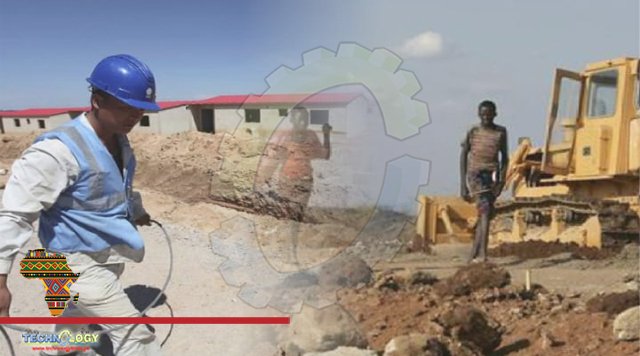China has built water projects in Angola ,The Despite rich water resources from rivers and lakes throughout Angola, poor water quality and lack of water-related infrastructure in the country have long limited acess to safe drinking water for people and hindered development of industries.

However, things are changing for the better. Chinese companies have helped Angola develop hydropower stations, drought relief projects and water supply facilities and harness abundant water resources to grow the economy and raise living standards. Inadequate access to safe drinking water in Angola has increased the risk of spreading infectious diseases like cholera and dysentery. “To bring safe drinking water to residents” has become a clarion call for Chinese companies based there. A water supply project in the northwestern province of Cabinda, built by the China Railway 20th Bureau Group Angola International Company, was completed in June. Zhu Qihui, chairman of the board of the group’s subsidiary in Angola, said the project comprises 74 centralized water supply points, covering 24,000 households or 92 percent of the province’s residential communities. Zhu added that the project could supply water 24 hours a day, seven days a week, significantly relieving supply shortage facing local industries, schools and port transportation. “It used to be a long walk to the well to fetch water, and the task was very grueling,” said Adriano, a local resident who did not offer his full name, adding that more than 400 households in his community were impacted by water scarcity for decades. “Now, the water pipe is connected to our doorstep, and we can use clean and hygienic tap water every day,” Adriano said.
Angola water projects , “Angola is not short of water, but the water resources are not used efficiently. Thanks to the Chinese companies, the situation is improving,” said Angolan Minister of Economy and Planning Mario Augusto Caetano Joao. “Chinese companies have brought technology and experience to improve local livelihoods and revitalize sustainable development,” The uneven temporal-spatial distribution of rainfalls in Angola has long been a daunting obstacle for farming and the economy. For example, the southern Angolan province of Cunene is dry for nine months yearly. Recalling an acute drought in 2018, Augusto, a local villager who did not provide his full name, said: “fields were cracked by the sun, thirsty livestock were everywhere, and countless people were forced to flee to the neighboring country of Namibia.” Nonetheless, seasonal drought no longer threatens residents after Lot 1 and Lot 2 of the Infrastructure Project to Combat the Effects of Drought in Cunene Province, implemented by the Power Construction Corporation of China (PowerChina), was commissioned in April. With channels connecting the Cunene River and facilities such as water intake pumping stations and reservoirs, the project can transfer water from the river to dry areas, allowing for irrigation of arable land when rains fail. The project can meet the water needs of 235,000 people and support irrigation for 5,000-hectare agricultural land, said Zhao Yong, general manager of the South and West Africa Branch of STECOL Corporation under PowerChina. During a visit to the site in May, Abdulla Shahid, president of the 76th session of the UN General Assembly, said the global body would consider extending the project model to other drought-stricken countries and regions.
Source: This news is originally published by english